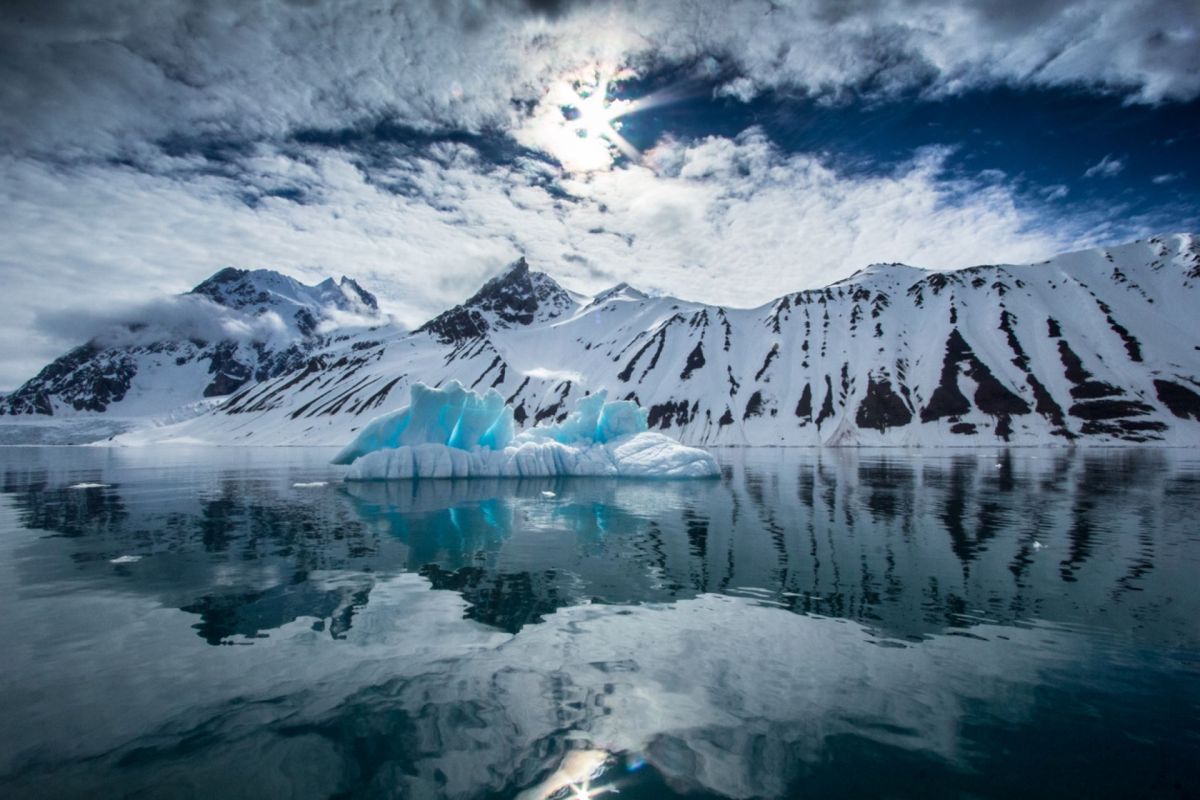The Arctic night lasts for several months in Svalbard, an archipelago near the North Pole accustomed to the long stretches of darkness, yet scientists recently discovered surprising and concerning contaminants on its glaciers.
What's happening?
Researchers found "traces" of sunscreen in the snow after collecting samples from five glaciers across the Brøggerhalvøya peninsula, as reported by Phys.org
Because the sun does not shine there during the winter, the presence of the chemicals from the protective creams, including Benzophenone-3, required further digging.
"The results show that the presence of emerging contaminants in remote areas can be attributed to the role of long-range atmospheric transport," Ca' Foscari researcher Marco Vecchiato told Phys.org.
"In fact, the highest concentrations were found in winter deposition," he continued, adding that "contaminated air masses from Eurasia reach the Arctic more easily" near the end of winter.
The study was published in the journal Science of the Total Environment and was a joint effort between the Ca' Foscari University of Venice, the Institute of Polar Sciences — National Research Council of Italy (CNR-ISP), and the University Center in Svalbard.
Why is this concerning?
Many types of sunscreen contain ingredients that harm our ecosystem.
For example, Benzophenone-3 — also known as oxybenzone — has accelerated the decline of coral reefs, which have already been under stress because of rising global temperatures.
According to the National Oceanic and Atmospheric Administration, coral reefs have been described as the "rainforests of the sea," as 25% of ocean fish rely on the living structures for survival. At the same time, billions of humans depend on the sea for food.
While scientists are still investigating exactly how the air carried the chemicals to the North Pole, the latest study is another example of the beautiful yet fragile interconnectedness of our ecosystem.
"It will be crucial to understand how these contaminants are transported and deposited in polar areas," CNR-ISP researcher Andrea Spolaor told Phys.org, noting that the Arctic has been affected by warming global temperatures "four times faster" than other parts of the world.
What can be done about chemical pollution from sunscreen?
Given that sunscreen helps protect us against cancer-causing radiation, ditching the product altogether is not advisable.
Thankfully, there are eco-friendly sunscreens that don't contain toxic chemicals, and some policymakers have been taking action on the issue.
Hawai'i, for example, banned the sale of sunblockers containing Benzophenone-3 in 2021, while the European Union has also restricted the use of the chemical.
Join our free newsletter for weekly updates on the coolest innovations improving our lives and saving our planet.









